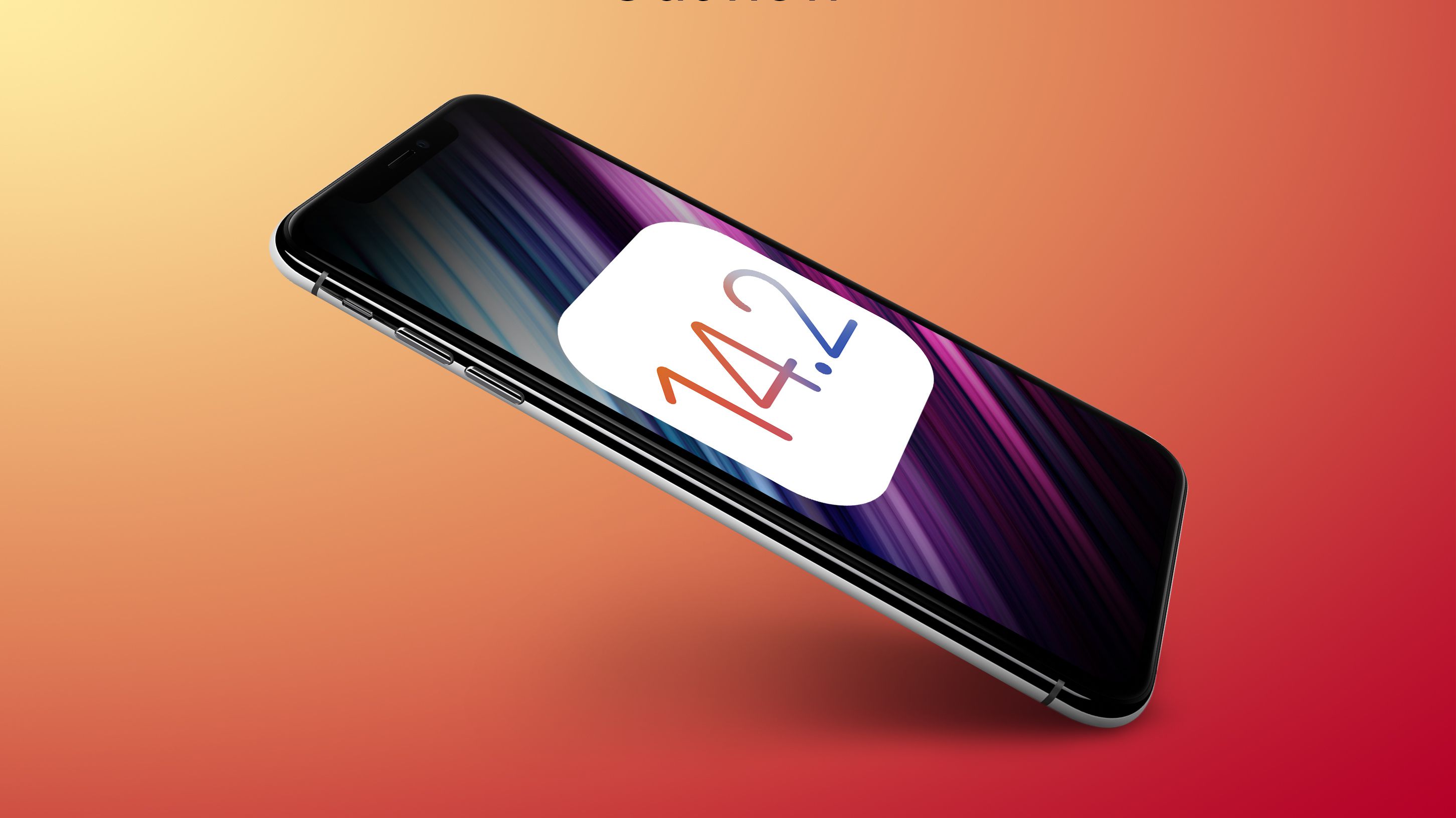Why would working from home still be common after the pandemic is over?
Yes, that is the point I'm trying to get across.
Yes, it is extremely ironic.

If it makes a difference, I have a Surface Pro 7 and a Chromebook that I actively use. 😅
The iPhone is much thicker than the lid of a MacBook. The M1 chip has already proven to significantly improve the picture quality of the webcam. Do not let the spec sheet irk you.
How do you know that it would make a significant difference? Did you watch the video?
Yes, audio clarify is definitely important to. Great point.
If only that fact gained mainstream media attention...
External cameras are underrated.
I cannot tell if youre being sarcastic or not.
It truly is a "pick your poison" situation.
Most professionals have external cameras.
Camera humps? Can we avoid those?
Are they behind their competitors though?
Thank you for your long response and insight.

We all know how stunning it is.
Functionality over design!
No company is perfect in every single department. That mindset is not adopted often enough.
The cheaps ones do leave sticky residue, so be careful.
The iPhone is much thicker than the lid of a MacBook.
Yes, exactly!
Wouldn't you still be able to notice the bump though when glancing at the webcam?
You must be in poor lighting conditions then. Did you watch the video? The M1 chip makes things look vastly better without having to bump up the resolution. Being more open-minded when it comes to this stuff is very important, but maybe I'm asking too much from you.

Do you have an older Intel MacBook? That last part is hugely exaggerated and overblown. Nobody except us nerds who obsess at little details will purposefully look for people who have MacBook webcams during video calls, nor would we even know who in the first place due to a number of factors.
Such a shame. Was expecting to at least do a 4K slofies on my zoom calls.



